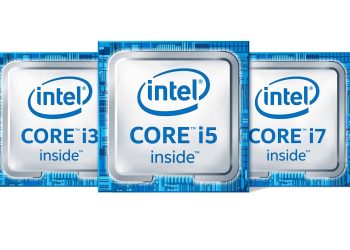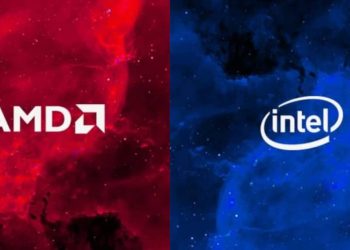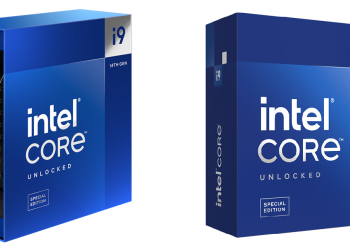Intel’s recent Q2 earnings report revealed some pretty grim news, but the real headline is the company’s new CEO, Lip-Bu Tan, laying down a fresh rulebook. Gone are the days of betting the farm on future tech without guaranteed buyers. Tan bluntly called previous capacity investments “unwise and excessive” and emphasized a shift toward producing chips only when there’s clear demand.
Intel’s latest 10-Q filing to the SEC states that if they can’t secure a “major external customer” for their next-gen 14A fabrication node, they might have to scrap it altogether. That’s a stark contrast to the previous approach under ex-CEO Pat Gelsinger, who famously “bet the whole company on 18A.”
Tan explained during the earnings call, “I do not subscribe to the belief that if you build it, they will come. Under my leadership, we will build what customers need, when they need it and earn their trust through consistent execution.”
He also revealed that every major chip design will now require his personal approval before moving forward, signaling a hands-on and cautious management style. This new policy aims to prevent the overexpansion and fragmentation of Intel’s factory footprint that Tan called “needlessly fragmented.”
Currently, Intel is producing chips on the 18A node, which will power upcoming Panther Lake mobile chips and Nova Lake desktop chips, expected in 2025 and 2026, respectively. Despite rumors that Intel might push customers to adopt 14A quickly, Tan insists 18A will be the backbone for at least the next three generations of both client and server products.
Intel’s VP and CFO, David Zinser, added that 18A won’t reach peak volume until early next decade, making it a long-term play with expected solid returns. If 18A carries Intel for years, it ironically validates Gelsinger’s huge bet on this process node.
Beyond business strategy, this cautious stance might also be a subtle message to the US government. Intel plays a crucial role in America’s tech independence, and with recent layoffs and plans to reduce headcount by approximately 15%, the company’s survival may be tied to government support. Intel already collaborates on national security chip projects, and a possible government intervention wouldn’t be out of the question.





















